The $400 billion global luxury fashion industry is facing a deep and risky overhaul. After a period of explosive growth following the pandemic, the sector has stagnated and shrunk sharply over the past year, losing up to 50 million customers.
Against this backdrop, a wave of large-scale “changes of generals” has taken place, with a series of leading brands such as Chanel, Dior and Gucci betting on a new generation of creative directors to revive sales and reconnect with consumers.
After nearly a decade of average annual growth of 10%, the luxury goods industry has faced a harsh reality. Factors such as the real estate crisis in China and the US trade war have negatively impacted consumer confidence in the world's two largest markets.
However, the core reason comes from the brands' own strategies. In the post-pandemic period, giants like Chanel, Dior or Louis Vuitton have continuously increased product prices to maximize profits.
This strategy worked initially, but gradually created “price fatigue.” As inflation and economic pressures intensified, consumers were no longer willing to spend big on designer handbags or clothes.
As a result, according to consulting firm Bain, 50 million customers turned their backs on the luxury market last year alone.
Jonathan Siboni, CEO of consultancy Luxurynsight, said the industry is facing a difficult time. The downturn has forced corporations to take drastic action.
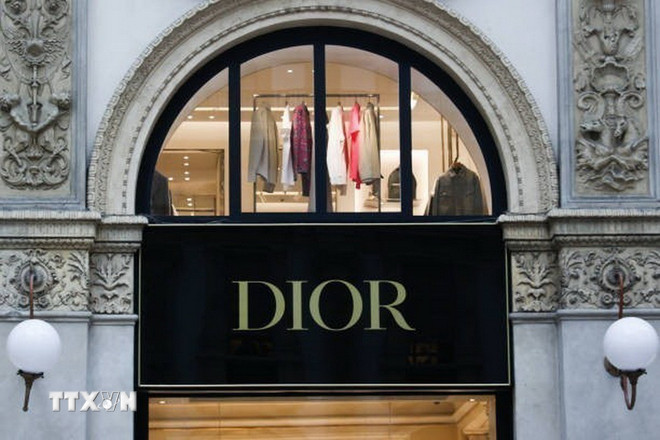
In response, a wide-ranging shake-up at the top has taken place. New CEOs have been appointed at Kering (which owns Gucci) and Valentino. LVMH, the world's largest luxury group, has also undergone several senior management reshuffles.
The spotlight is on the creative director position – the people who shape the soul of the brand. Gucci, after parting ways with Alessandro Michele and unsuccessful successor Sabato de Sarno, put their trust in Demna.
The designer is known for his work at Balenciaga and is expected to revive Kering's flagship brand.
Similarly, Chanel recruited Matthieu Blazy from Bottega Veneta to refresh its classic tweed heritage after years of being associated with Virginie Viard's style.
At Dior, LVMH also made a bold move by appointing Jonathan Anderson to replace both menswear and womenswear designers.
This wave also spread to a series of other brands such as Celine, Givenchy, Alexander McQueen, Versace and Maison Margiela.
In this context, the upcoming fashion weeks in New York, London, Milan and Paris will be the first and most important test for the new generation of creative leaders, whose task now is not only to create beautiful collections, but also to attract enough to bring back customers who are tired of inflation.
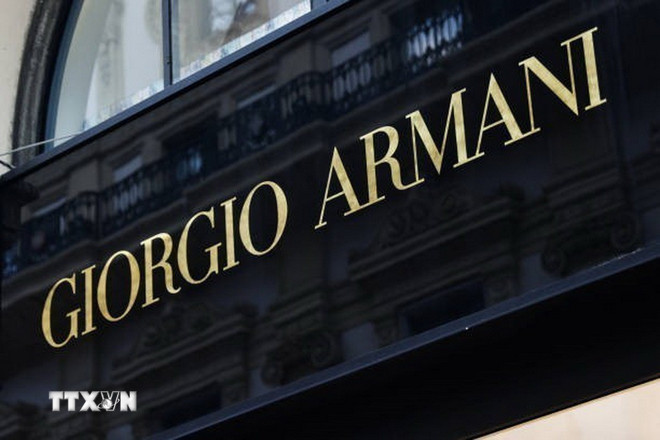
This season will show whether brands can reconnect with consumers, according to Christian Kurtzke, CEO of Together Group.
Shows are no longer simply a place to introduce products but have become a tool to create excitement and spread brand image.
The pressure is enormous. Designers must be both groundbreaking and spectacular to attract attention, but also “quiet” to suit the difficult economic context.
Whether this human resource "revolution" will be successful or not, the answer will soon be revealed on the world's most prestigious catwalks./.
Source: https://www.vietnamplus.vn/chanel-dior-gucci-dong-loat-thay-tuong-sau-khi-mat-50-trieu-khach-hang-post1060590.vnp


![[Photo] Prime Minister Pham Minh Chinh chairs the Conference to deploy the National Target Program on Drug Prevention and Control until 2030](https://vphoto.vietnam.vn/thumb/1200x675/vietnam/resource/IMAGE/2025/10/09/1759990393779_dsc-0495-jpg.webp)
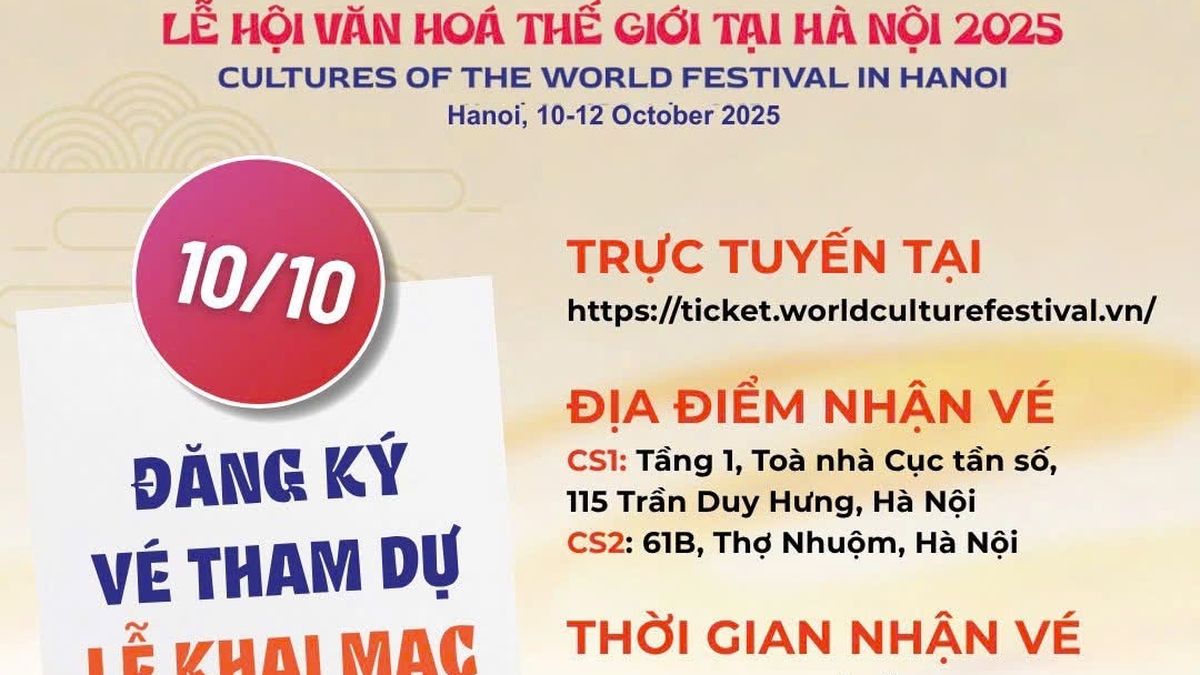



![[Photo] Prime Minister Pham Minh Chinh chairs a meeting of the Government Standing Committee on overcoming the consequences of natural disasters after storm No. 11](https://vphoto.vietnam.vn/thumb/1200x675/vietnam/resource/IMAGE/2025/10/09/1759997894015_dsc-0591-jpg.webp)
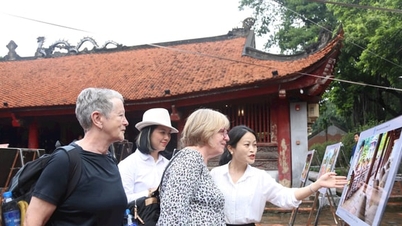


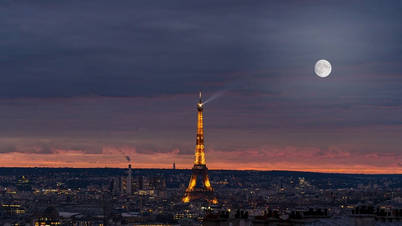
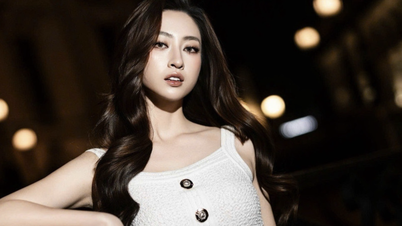

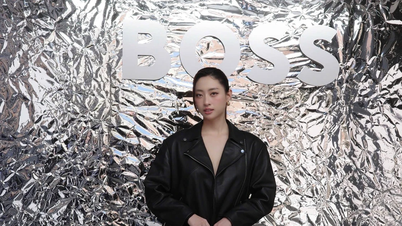
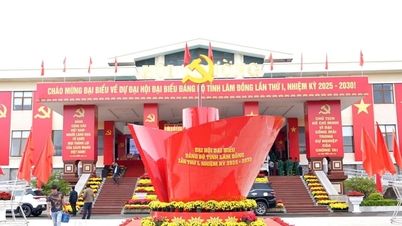

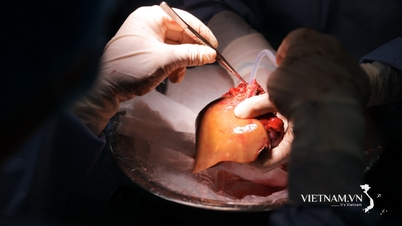
















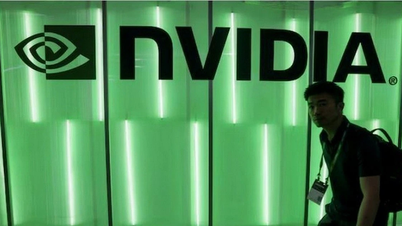









































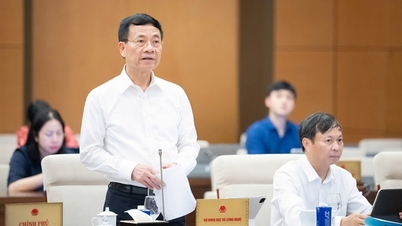

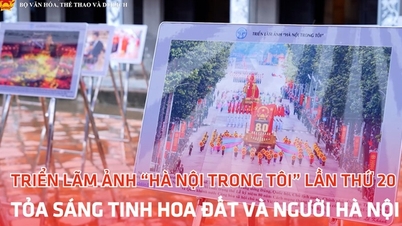





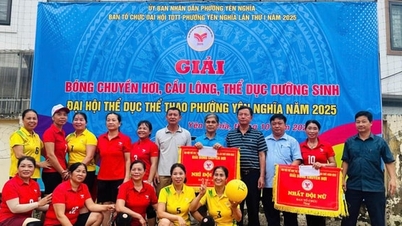


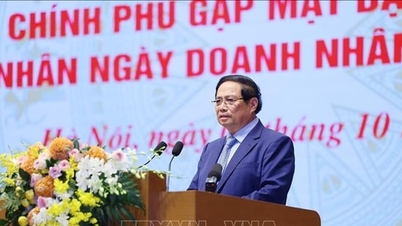














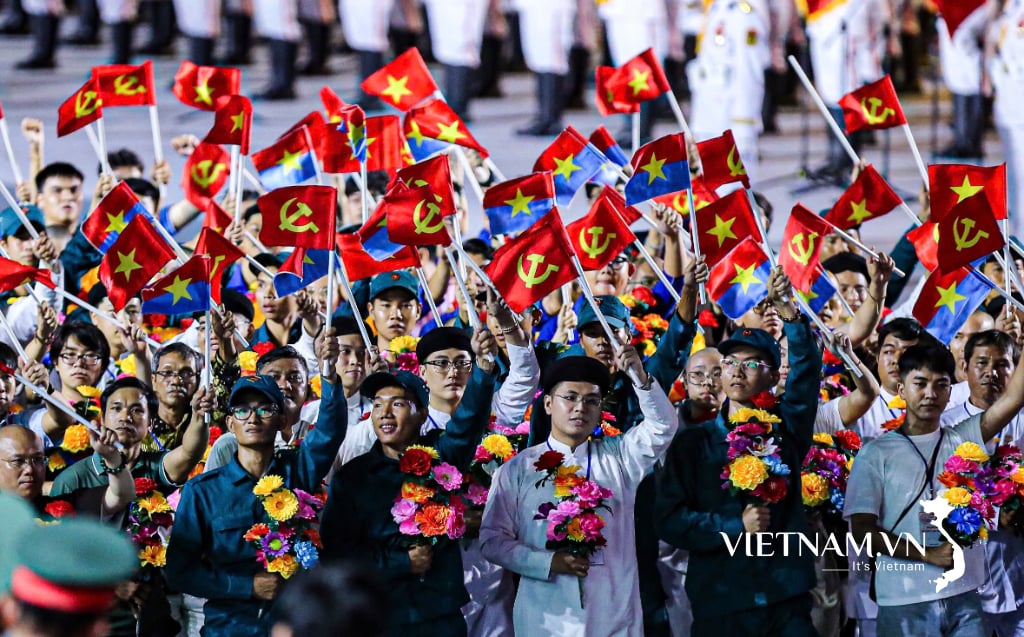
Comment (0)